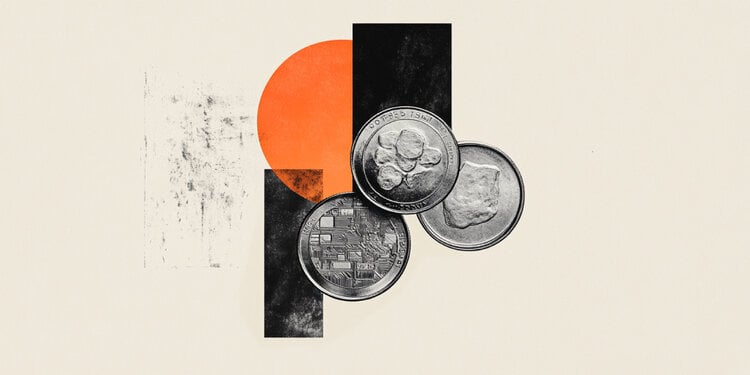- Silver price advances as safe-haven demand increases due to fears surrounding the global economic uncertainties.
- Citigroup expects that the Fed will implement 25 basis point rate cuts in September, October, and December.
- Trump Administration officials are set to meet with Chinese counterparts in London on Monday.
Silver price (XAG/USD) extends its winning streak for the third successive session, and has marked a fresh 13-year high of $36.42 per troy ounce on Monday. The price of the grey metal rises due to rising safe-haven demand amid fears surrounding the global economic and trade uncertainties.
The non-yielding assets, including Silver, possibly drew support after Citigroup released its forecasts on Monday, expecting the Fed to deliver a 25 basis point rate cut each in September, October, and December. The firm also expects the central bank to cut 25 basis points each in January and March 2026.
However, the stronger-than-expected United States (US) labor market data for May, released on Friday, boosts the expectations of the Federal Reserve (Fed) keeping its benchmark interest rate unchanged at its next two monetary policy meetings.
Investors adopt caution ahead of renewed US-China trade negotiations in London. US President Donald Trump had a one and a half hours phone call with Chinese President Xi Jinping on Thursday. Trump also said that the call resulted in a very positive conclusion for both countries.
Trump administration officials, Secretary of the Treasury Scott Bessent, Secretary of Commerce Howard Lutnick, and Trade Representative Jamieson Greer, are scheduled to meet with their Chinese counterparts in London on Monday. The positive sentiment surrounding the potential trade talks between the world’s two largest economies supports the risk-sensitive assets and limits the upside of the safe-haven metals, including Silver.
Silver receives support from solid industrial demand in solar energy applications. Silver Institute reported that the global Silver supply was 15% lower than demand in 2024. The association also expects another deficit in 2025.
Silver FAQs
Silver is a precious metal highly traded among investors. It has been historically used as a store of value and a medium of exchange. Although less popular than Gold, traders may turn to Silver to diversify their investment portfolio, for its intrinsic value or as a potential hedge during high-inflation periods. Investors can buy physical Silver, in coins or in bars, or trade it through vehicles such as Exchange Traded Funds, which track its price on international markets.
Silver prices can move due to a wide range of factors. Geopolitical instability or fears of a deep recession can make Silver price escalate due to its safe-haven status, although to a lesser extent than Gold’s. As a yieldless asset, Silver tends to rise with lower interest rates. Its moves also depend on how the US Dollar (USD) behaves as the asset is priced in dollars (XAG/USD). A strong Dollar tends to keep the price of Silver at bay, whereas a weaker Dollar is likely to propel prices up. Other factors such as investment demand, mining supply – Silver is much more abundant than Gold – and recycling rates can also affect prices.
Silver is widely used in industry, particularly in sectors such as electronics or solar energy, as it has one of the highest electric conductivity of all metals – more than Copper and Gold. A surge in demand can increase prices, while a decline tends to lower them. Dynamics in the US, Chinese and Indian economies can also contribute to price swings: for the US and particularly China, their big industrial sectors use Silver in various processes; in India, consumers’ demand for the precious metal for jewellery also plays a key role in setting prices.
Silver prices tend to follow Gold’s moves. When Gold prices rise, Silver typically follows suit, as their status as safe-haven assets is similar. The Gold/Silver ratio, which shows the number of ounces of Silver needed to equal the value of one ounce of Gold, may help to determine the relative valuation between both metals. Some investors may consider a high ratio as an indicator that Silver is undervalued, or Gold is overvalued. On the contrary, a low ratio might suggest that Gold is undervalued relative to Silver.

